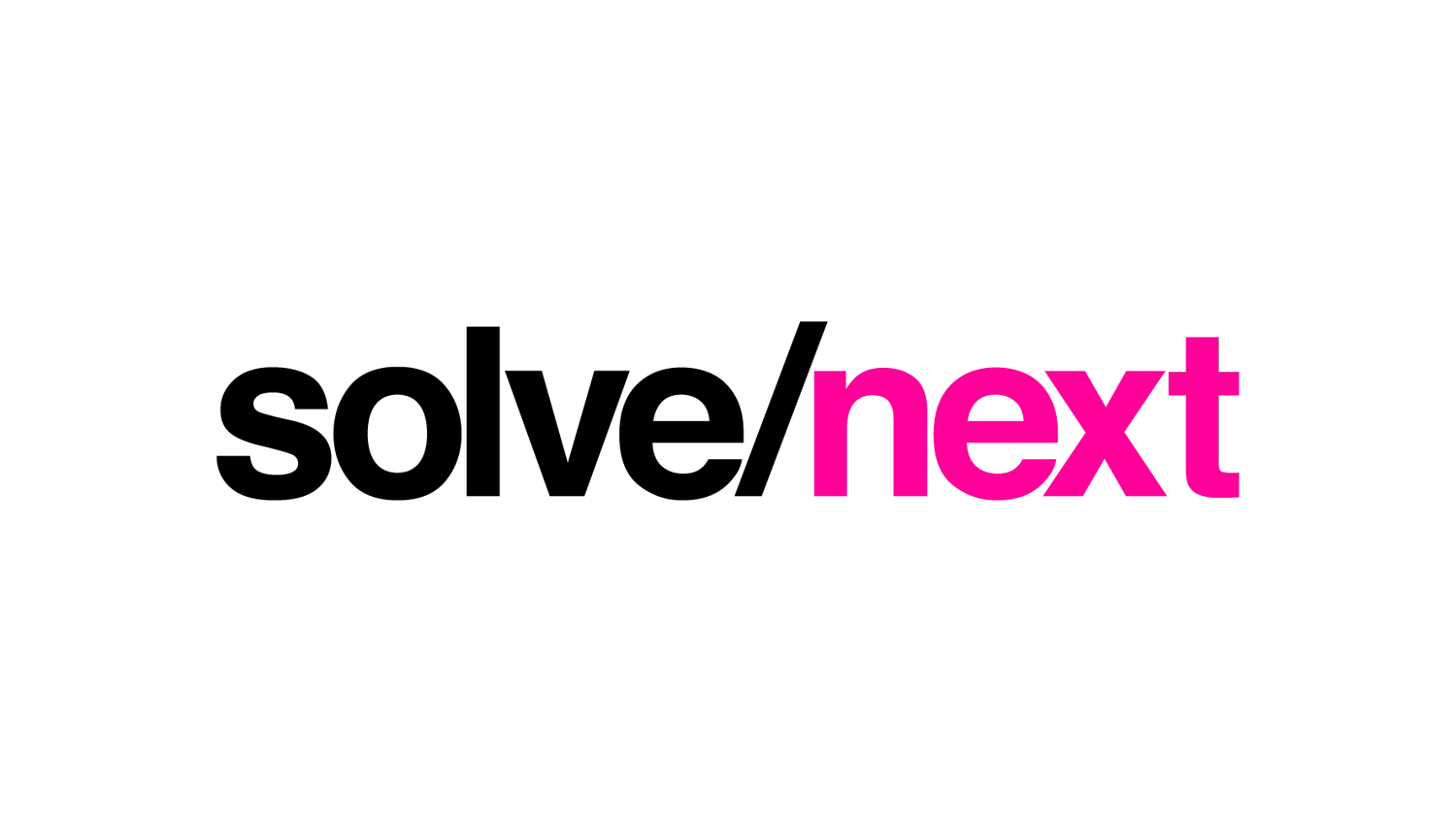How might we learn to innovate, when we really don’t want to?
Even in our own small business, we use automation, algorithms, AI, SaaS packages and Amaze-on Web Services to do many tasks that were previously done by us mere mortals. As astounding as this new technology is, none of it would be created without human creativity, curiosity, innovation, imagination, and passion.
To maintain your ever-fleeting competitive advantage (Check out Rita Gunther McGrath’s point of view on competitive advantage) in a hyper-disruptive-amazon-fueled world you’ll want to focus on the people who can imagine how you might use those tools in clever, practical, and original ways to deliver sufficient satisfaction to the jobs to be done for existing and new customers.
But, we humans have a bug in our operating systems—we’re evolutionarily coded to have an emotional bias towards the status quo, because good enough was good enough when the choice was eating the bland thing you knew rather than being poisoned by a delicious looking berry, or when acting counterculturally resulted in being thrown into a volcano or being ostracized from your village only to be eaten by a saber-toothed tiger. And let’s be honest, that still happens in the workplace.
So how do you manage the opposing forces of knowing how to change and not wanting to with each other to produce the killer solutions that leverage these just-a-click-away assets to power your organization’s future state?
On the one hand, we know humans are ingenious. On the other hand, we know that we are hard-wired to keep doing what’s been done before and is good enough (for both rational and irrational reasons, but with no real ability to discern the difference).
To achieve the results, we’ve been charged with achieving and create a cognitive advantage for our organization, we have to consciously, deliberately, and systematically solve problems by learning to trick our brains, and creating a cultural context where it’s OK to do so—especially in more substantial or established organizations where the immediate risk of starvation is less. (Scott Kirsner has a provocative take on the difference between Intrapreneurs and Entrepreneurs that’s worth a read).
Both sides of that equation are tricky without a defined language, frameworks, and tools that are culturally inclusive—exclusive change is going to be a losing battle (ask the Sneetches).
We created the Think Wrong problem-solving-system to provide just such a common language, frameworks, and tools. We like to describe it as design thinking’s punky little brother mashed up with the scientific method, and topped up with a dollop of behavioral science to help your people create and propel solutions beyond the status quo.
We’ve also learned that, to overcome those pesky heuristics and cultural biases, you need to adopt a scalable, habit-forming, learning-system that gets people excited, provides the pokes and coaching they need to keep putting what they’ve learned into action—and ultimately to be confident and fluent enough in the system to teach and coach others how to use it too.
Click here to learn more about how you can achieve scalable learning and inclusive problem-solving to address your organization’s gnarliest problems.

